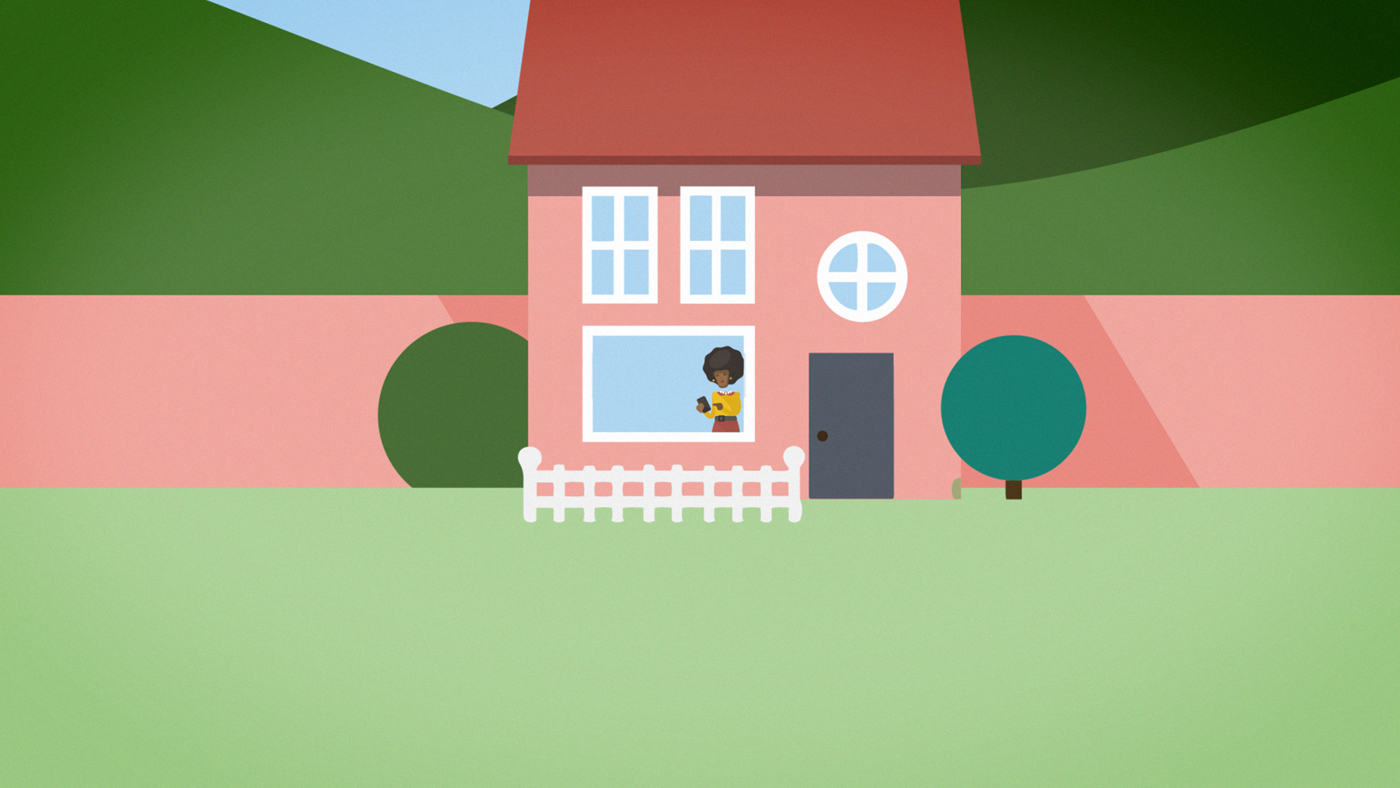With the possibility of distance learning at any time, schools should invest in strategies that can go fully online in a matter of hours. School closures not only bring a change to a student’s schedule but also to their usual support systems. Working closely with families and building a sense of community online will be key.
Parents were eight times more engaged with children's studies during the recent lockdown. Working with education leaders we’ve put together some best practices to ensure parent engagement and student motivation no matter what the term ahead presents. These will help you across 4 key areas:
Rethinking teaching & learning
Use of photos & videos for distance learning assessment
Students are already familiar with how to complete homework online including how to submit work. Teachers can easily modify their homework expectations as needed. A key to this is balancing the ways that students show their learning for assessment purposes. This should include photos and video of physical or verbal work.
Consider blended learning activities to be completed offline
With a basic structure in place, teachers can easily expand the structure to include daily or weekly blended learning lesson materials. Without in-class time, teachers will need to consider ways that resources can be used offline or physically to meet the technology access at home.
Record all lessons for hybrid learning
Similar to setting online learning tasks, recorded lessons allow teachers to save time by recording what is done in class for access at home. These can easily complement live lessons via video conferencing. Essential parts of live online lessons could be recorded as well. This will be key to allow for some synchronous progression through content for all students, especially in the case of reduced student numbers on site per day.
Use of project-based activities
Project based learning that requires students to work in small groups or pairs can simultaneously deepen learning and promote student relationships. Looking for opportunities to use interdisciplinary projects also permits some flexibility as schools look to manage timetabling in the coming year. Whether you’re having students work on end-of-unit projects or using a full PBL model, the social component of learning can really be valued and leveraged for learning.
Engaging parents in the learning conversation
Communicate clear expectations
With parents already familiar with how to access digital learning school resources, they will be halfway to supporting their kids at home. To support the expanded use of the online learning platforms, schools will need to communicate clear expectations on what parents should expect to find online. To give parents flexibility, schools should consider the benefit of sample worked problems, content tutorials aimed at parents, and the benefit of forums to crowdsource homeschooling help across parents and staff at the school.
Expand digital office support hours
Schools (e.g. teachers, SLT, therapists, etc) may consider expanding their “digital office hours” to meet demand. Creating clear expectations for staff and parents will be key to protect teachers’ time while also supporting parents as they scaffold their child’s learning.
Celebrating school life
Developing a stronger sense of community
Similar to digital office hours, schools should consider expanding their offering here. The focus should be on developing a sense of community with everyone in isolation. This might look like form, year group or whole school assemblies that include themes and other fun activities to engage families.
Sharing daily life
In the case of a full school closure, it is likely that other aspects of daily life are limited as well. Beyond engaging students and their families in activities and challenges, schools might also consider promoting top tips, diary vlogs and other personal entries from students and families. “School life” and “home life” aren’t that dissimilar in school closure, so this can give students a chance to share a bit of their daily life with the rest of the school or form group. This might be a favourite recipe tutorial, book review or family/friend interviews. The goal is to make the school day more personal.
Tracking & measuring success
Monitoring parent engagement
Parents play a key role in keeping learning going during school closures. With no in-person interaction, the “how” of learning becomes just as important as the “what”. As a result, schools may want to closely monitor engagement from families in this phase. Key questions will include:
- What is the best way to communicate with families?
- What support materials do they find most interesting?
- Which families are least engaged and may require more support?
Assessment of home learning support: Ahead of the year, take time to assess the learning set up for each of your students. Surveys can give you one perspective; using a video conference call as a “digital home visit” may allow you to gain another perspective. This data will help you decide what learning support is required at home and how to address gaps where they exist.
Are you ready for a virtual schooling approach? Our Learning team have identified some key fundamentals around teaching & parent engagement to help you remain agile come what may in our latest guide. Download today to discover practical tips to get started and advice from education leaders around the world.

